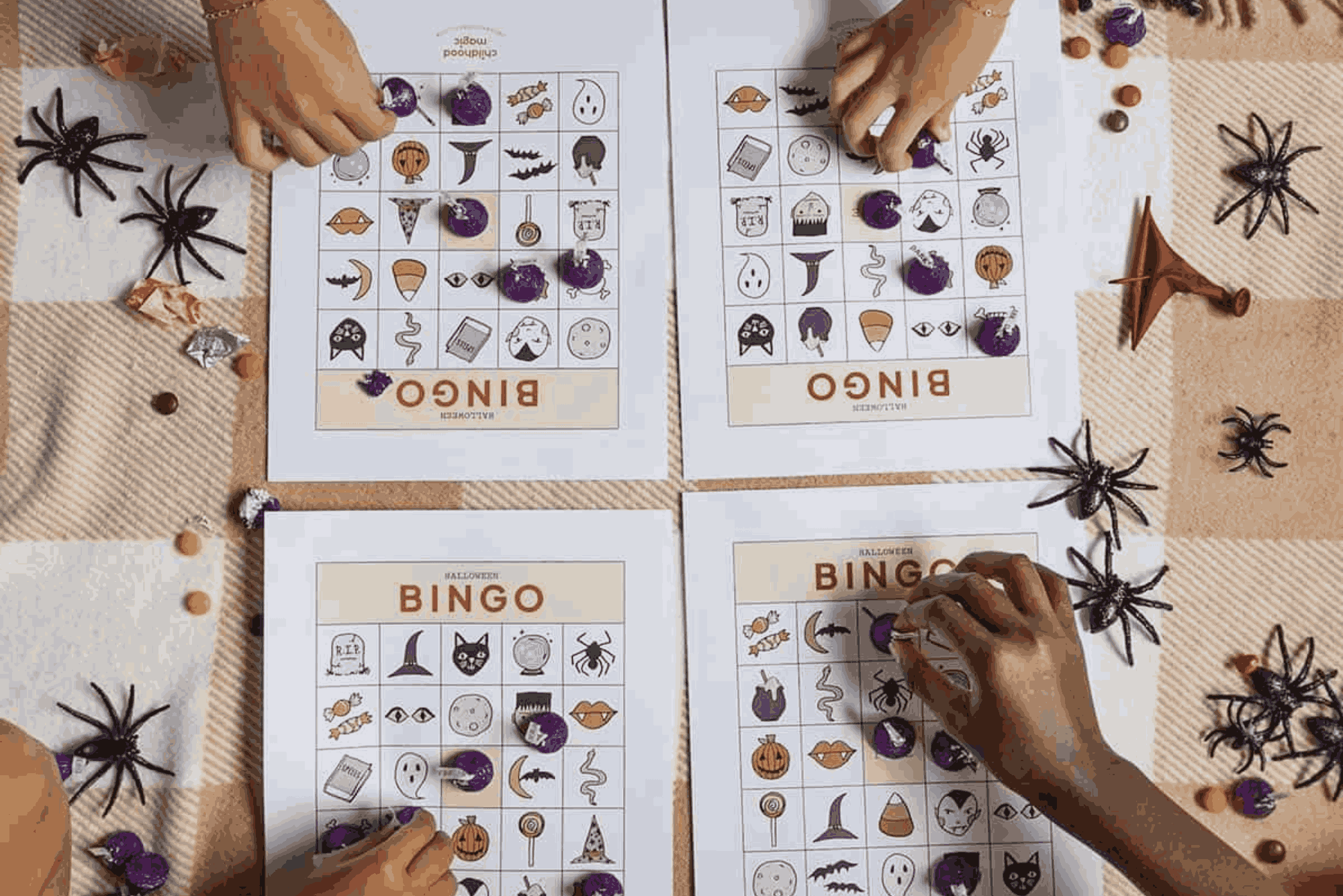Bingo is a popular game enjoyed by people of all ages across the globe. Known for its simple rules and engaging gameplay, Bingo is often played at social gatherings, fundraisers, and community events. While it differs significantly from the carrom board game, both share the common goal of providing entertainment and bringing people together.
History of Bingo
The origins of Bingo trace back to 16th century Italy, evolving over the centuries and gaining widespread popularity in the United States in the early 20th century. Known by various names and formats across different cultures, Bingo has always retained its core element of chance and excitement.
Basic Rules of Bingo
The objective of Bingo is straightforward: players aim to complete a specific pattern on their Bingo cards as numbers are called out. There are numerous types of Bingo games, each with its unique set of patterns and rules, but the fundamental goal remains consistent.
Setting Up the Game
To set up a Bingo game, you need Bingo cards, a calling mechanism (like a spinner or digital caller), and markers. Each player receives a Bingo card marked with a grid of numbers. The caller randomly selects numbers and announces them, while players mark the corresponding numbers on their cards.
Gameplay Mechanics
A typical round of Bingo begins with the caller drawing and announcing numbers. Players mark these numbers on their cards, aiming to complete the pre-determined pattern. Patterns can range from simple lines to more complex shapes. The first player to complete the pattern shouts “Bingo!” and wins the game.
Strategies to Win Bingo
Winning Bingo is largely based on luck, but certain strategies can enhance your experience. Playing multiple cards increases your chances, and being attentive to the numbers called can help you mark your cards more efficiently. It’s important to remember that despite strategies, Bingo remains a game of chance.
Bingo Variations
Bingo has many variations, including 75-ball, 80-ball, and 90-ball games, each differing slightly in their rules and patterns. These variations keep the game fresh and exciting, catering to different preferences and regional popularity.
Entertainment
Bingo serves as a prime source of Entertainment combining the thrill of chance with the joy of social interaction. It’s a game that transcends age and cultural barriers, making it a beloved pastime in many communities. Unlike the carrom board game, which involves physical dexterity, Bingo provides a relaxing yet engaging way to unwind and enjoy time with others.
Social and Cultural Aspects
Bingo is not just a game; it’s a social event. It brings communities together, providing an opportunity for social interaction and camaraderie. Whether played in a local hall or online, Bingo fosters a sense of belonging and community spirit.
Bingo vs. Carrom Board Game
While Bingo is a game of chance and numbers, the carrom board game is a skill-based tabletop game popular in South Asia. Both games offer immense entertainment value but appeal to different types of players—Bingo for those who enjoy luck-based games and carrom for those who prefer strategic play.
Entertainment Value of Bingo
Bingo holds a significant place in popular culture, frequently depicted in movies, TV shows, and even music. Its simple, engaging nature makes it a perfect leisure activity, providing fun and relaxation for players. Unlike the carrom board game, which requires physical skill, Bingo offers a mental break and an opportunity for socialization.
Bingo’s enduring popularity is a testament to its simplicity, excitement, and social aspects. Whether you’re a seasoned player or new to the game, Bingo offers a delightful experience that stands the test of time, much like the timeless appeal of the carrom board game.







